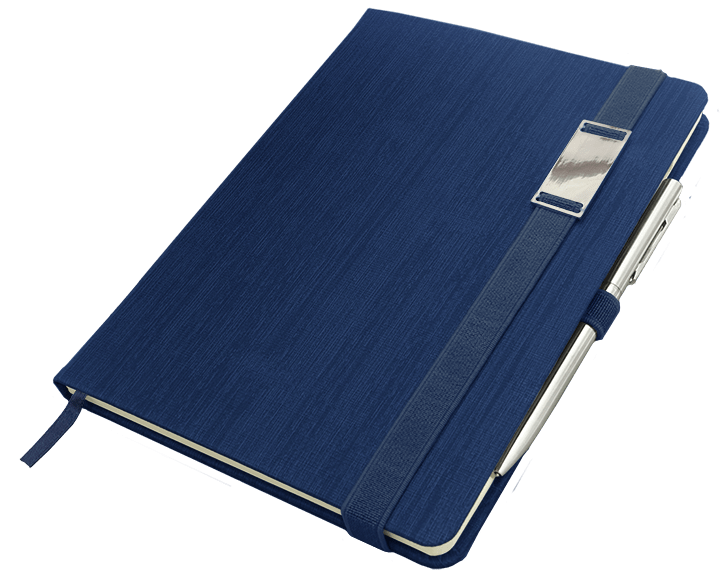Produtos: Encontrado {{ searchResultsCount }} - Mostrar tudo
Verificar se introduziu corretamente o que procura.
Categorias: Encontrado {{ categorySearchResults.length }}

Bloco de notas magnético com uma caneta 1247151
Materiais: Papel de camurça, Couro PU Magneto
• Contém caneta tátil
• Xadrez 80 folhas
• Cor do cartucho - azul
• Seleção da cor da caneta
O mundo de pernas para o ar
O campo magnético estende-se a dezenas de milhares de quilómetros da Terra e a área em que ocorre é chamada magnetosfera da Terra.
Isto deve-se ao facto de o campo magnético positivo do nosso planeta (ou seja, o campo magnético sul) se encontrar a norte (onde estão os ursos polares). O campo magnético negativo norte está no sul (onde estão os pinguins). É por isso que a agulha da bússola aponta sempre para norte (aproximadamente, uma vez que os pólos geográfico e magnético não se alinham exatamente). A extremidade colorida da agulha tem carga negativa - por isso reage a cargas positivas vindas do norte.
Os pólos têm ajudado os humanos a navegar durante séculos, mas não somos a única espécie a utilizar a magnetosfera para se orientar. As tartarugas marinhas e as aves também a utilizam para se orientarem durante as suas migrações anuais. Curiosamente, pensa-se que o desvio dos pólos magnéticos em relação aos pólos geográficos terá contribuído para a descoberta da América por Cristóvão Colombo. Que se diz ter sido o filho de um rei polaco escondido incógnito na Madeira.
Mas isso é outra história ...
Aurora Boreal
A nossa bolha magnética protetora desempenha um papel fundamental na proteção da Terra contra influências cósmicas nocivas, como o vento solar e a radiação cósmica. No entanto, em vez de repelir as partículas do vento solar, o nosso grande íman "apanha-as" e redistribui-as em direção aos pólos - daí o belo e fascinante fenómeno da aurora boreal.
Os ventos solares fortes, provocados por tempestades solares, podem causar perturbações no campo magnético. Isto leva a perturbações nas comunicações e até a danos nas linhas eléctricas. A aurora, por outro lado, torna-se muito brilhante e pode ser vista em latitudes onde normalmente não ocorre, como na Polónia ou mesmo mais a sul.
Para a "caçar", vale a pena seguir o sítio auroraforecast.com. Também vale a pena anotar a data possível. Talvez no nosso caderno magnético?





